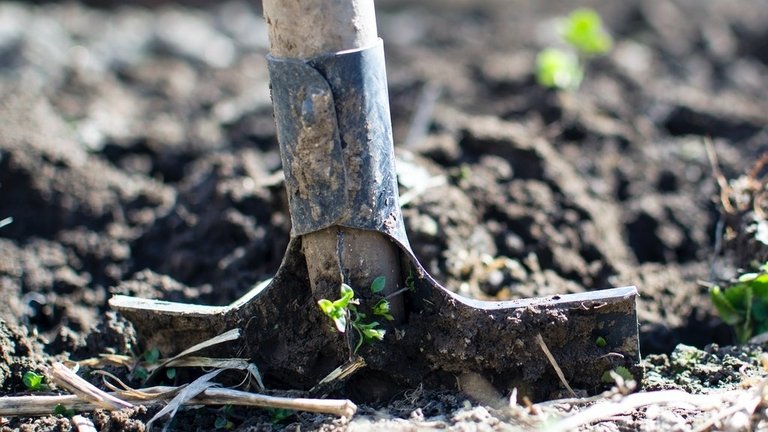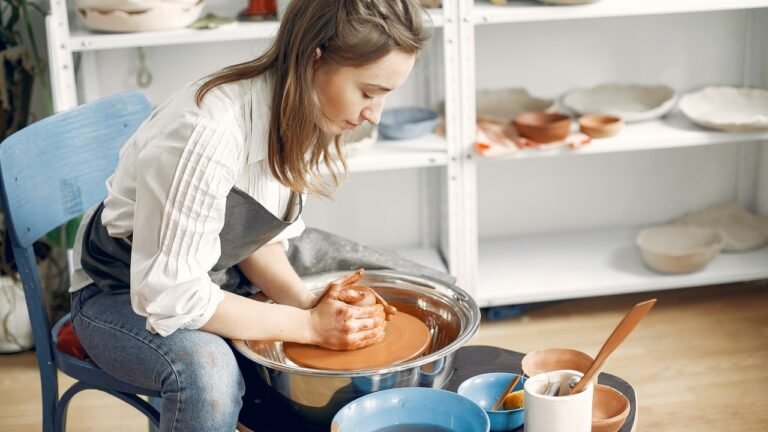Can You Boil Polymer Clay? Things to Avoid!
The polymer clay craze has been going strong for a few decades now, and with good reason. Polymer clay is a versatile medium that can be used to create all sorts of items. Sculpting, rolling out, and cutting shapes into it or even cooking up jewelry pieces.
One question that comes up with polymer clay is whether can you boil Polymer Clay or not. Some say polymer clay should never boil while others say it’s possible without too much hassle if you take the right precautions!
Boiling of the polymer clay is technically possible. Boiled polymer clay has no difference in properties from unbaked or baked polymer clay so you can sculpt, cut, and shape it. The only important thing is that you should not bake it!
Can You Boil Polymer Clay?
But boiling polymer clay is an often debated subject. Some people are adamant that boiling polymer clay is a no-no, while others say boiling the polymers causes no problems at all!
Indeed boiling does technically extract enough moisture from polymers that polymer clays can be boiled, but it’s not necessary. This method will also make resin much easier/more manageable since it’s polymer-based too, so try it out if you’ve got some resin.
Tips for successful polymer clay boiling experiments:
- Never try to boil more than 1-4 ounces of polymer clay at a time if you are boiling it in anything other than your tea light burner or electric warming plate.
- Use small heat sources like tealights to boil polymer clay.
- If using an electric warming plate, set the temperature to low when boiling small amounts of polymer clay.

Can You Boil Polymer Clay to Harden It?
Polymer clay can be hardened to a certain degree. You must know how and when, though – if boiling is your desired choice then some things will have to happen for this technique to work properly.
First of all, you will need to bake your polymer clay in the oven and let it cool completely. Then, jump back into baking it for a small period to ensure that no moisture remains.
Otherwise, boiling the clays will only soften them up instead! However, if you are intent on boiling your polymer clay to harden it, you can also manually dry it with a hairdryer.
What Happens When Polymer Clay Is Heated?
The polymer molecules (chains of atoms that make up the clay) are not destroyed at high heat, but they do begin to break apart. This process is called thermal degradation.
Thermal degradation of clays will cause the polymer chains to break into smaller and smaller pieces, but it is a slow process that takes place over hours. You can test this theory by baking your clay, letting it cool, then re-bake it again and watch as you see no change in color from where you baked.
Boiling polymer clay causes a chemical reaction to take place. The heat from the boiling water breaks down the polymers.
Boiling polymer clay can cause it to release fumes and odors. Heating polymer clay is never a good idea unless you know exactly how and it’s not recommended for beginners. Fumes from boiling may smell bad and there’s always the risk of having the clay burst open too, which could ruin your work if not carefully handled.
Those new to polymer clay work should avoid boiling their pieces until they have a better understanding of the material and how it reacts to heat.
Is Polymer Clay Water-resistant?
Polymer clay itself is water-resistant but that doesn’t necessarily mean it’s completely impervious! To be truly waterproof, the polymer clays must be treated with either protective coatings or sealants. They can overcome this issue by properly baking their projects, which will help the polymer to retain its strength and durability.
Polymer clay should never be soaked in water– it will absorb the water and become very soft.
However, they can be wiped off with a cloth or sponge, which is also a great way for artists to retouch older pieces that have faded over time.
The best method is to seal your polymer clay project after baking it and before you make any sort of embellishments such as painting or embroidering. This way, your clay will retain its color while still being completely waterproof!
If the topcoat isn’t applied properly, polymer clays can be harmed by water and humidity and would not be suitable for making heavy-duty jewelry that should survive normal wear and tear.
Boiling polymer clay can get complicated depending on what color or type of polymer clay you use, but the principles are the same. As with anything new, do a test batch first before making something that cannot be replaced!
- Preheat oven to 175°c/350° F
- Bake polymer clay for 30 minutes per 1/4″ (6mm) thickness. For example, if the piece is 1/2″ thick then bake for 15 minutes. Remove from oven and allow to cool completely before proceeding to step 5.
- Reheat the polymer clay in 15-second increments, checking often to avoid overheating it which will permanently destroy your polymer clay piece! Stop heating once smooth and uniform again. Allow cooling if needed before proceeding to step 4.
- Fill a pot with enough water for the piece of polymer clay you are working on and bring it to a boil.
- Place your polymer clay piece into the boiling water until the desired level of hardness is reached – do not leave it in too long because you will begin to lose detail!
- Remove from pot and allow polymer clay to dry & cool completely before handling.







